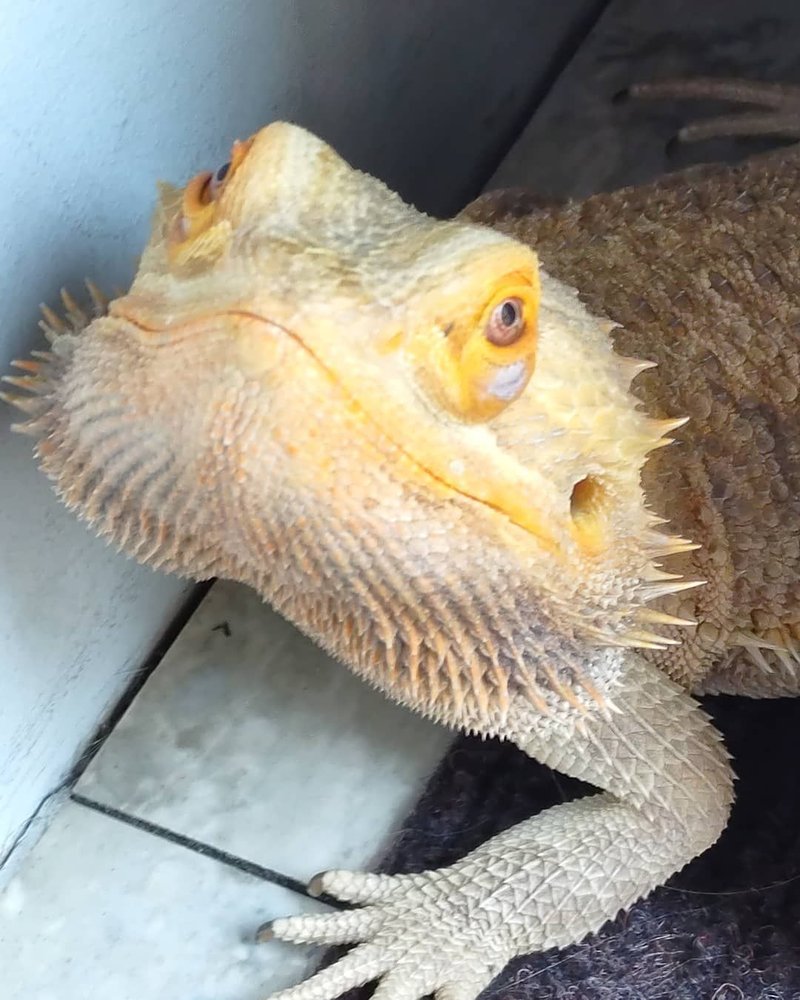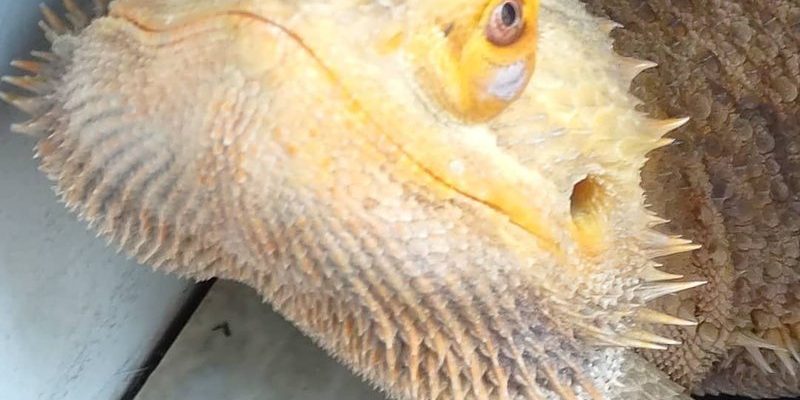
Understanding the differences between male and female bearded dragons is important for a few reasons. Not only will it help you provide better care, but it can also influence their behavior, habitat needs, and even breeding decisions. So, grab a cup of coffee, get comfy, and let’s dive into the world of bearded dragon identification!
Understanding the Basics of Bearded Dragon Sexing
You might be thinking, “Why does it matter if my bearded dragon is male or female?” Well, knowing the sex can help you understand your pet better. For instance, males can be a bit more territorial and may exhibit different behaviors, especially during mating season. Females, on the other hand, might need special care if they’re breeding.
Let’s break down a few key factors that help in identifying the sex of your bearded dragon. Things like physical traits, size, and even some behaviors can give you clues about whether your pet is male or female.
Physical Characteristics: Size and Shape
When it comes to telling the difference between male and female bearded dragons, size and shape are great starting points. Generally, male bearded dragons tend to be larger than females. They often have broader heads and more muscular bodies.
– Male Bearded Dragons:
– Typically have larger, more pronounced jowls.
– Their bodies are more robust and streamlined, which can give them a more powerful look.
– Female Bearded Dragons:
– Usually smaller and have narrower heads.
– They may appear rounder, especially when they are carrying eggs.
This size difference can sometimes be subtle, especially with younger dragons. But keep an eye out—growth patterns can help you confirm their gender.
Examining the Vent: A Key to Identification
One of the most reliable ways to determine if your bearded dragon is male or female is by examining their vent area, which is located just under their tail. Here’s where it gets a bit technical, but stick with me!
To do this, you’ll need to gently hold your dragon and look for the hemipenes. Male bearded dragons have two bulges or swellings on either side of their vent, which are the hemipenes—these are the reproductive organs. Females, however, have a more smooth appearance without the bulges.
How to Check the Vent
Here’s a quick step-by-step guide to checking the vent:
1. Prepare Your Space: Find a quiet spot where you and your dragon can feel comfortable.
2. Gently Hold Your Dragon: Hold your bearded dragon firmly but gently, ensuring they’re secure.
3. Check the Vent Area: Look just below the tail. If you see two bumps, congratulations, you’ve got a male! If the area is flat, it’s a female.
Just be sure to handle your new friend with care! They can be sensitive to stress.
Behavioral Differences: How They Act
Sometimes the behavior of your bearded dragon can give you clues about their gender. Let’s face it—males and females can act a bit differently, especially during the breeding season.
– Males: They can be more aggressive, especially when they sense another male nearby. Males often display head bobbing, a sign of dominance. Plus, they may puff up their beards to appear larger when threatened.
– Females: They tend to be more docile and can be more friendly, especially if they’ve been handled often. If a female is gravid (pregnant), she might exhibit nesting behaviors—digging in her substrate or searching for a safe place to lay her eggs.
Breeding Behavior
If you’re housing a male and female together, you might notice some courtship behaviors. Males may chase the females, bob their heads, and do a little dance. Observing these behaviors is a sure sign that you have a male.
Color Differences: Check Their Patterns
Another way to identify the sex of your bearded dragon is by looking at their colors and patterns. This won’t always be straightforward, but it can give you some hints.
Males often have brighter, more vibrant colors, especially during mating season. Their pattern might also be more pronounced, with clearer markings. Females can be a bit duller in color, which helps them camouflage better in the wild.
While this doesn’t serve as the definitive answer, it’s worth keeping in mind as you learn about your dragon.
Age Matters
It’s important to note that sexing can be easier once your bearded dragon is around 6 months old. Younger dragons can be harder to identify, as their features may not be fully developed yet. If you have a baby beardie, be patient as they grow!
Figuring out whether your bearded dragon is male or female can feel complex at first, but once you know what to look for, it becomes much easier. From examining their size and shape to looking closely at their vent area and behaviors, you have several tools at your disposal.
Understanding the sex of your bearded dragon not only helps you connect better with your pet but also ensures you provide the right environment and care. Whether you’re just starting your bearded dragon journey or are a seasoned owner, these tips will help you confidently identify your new friend’s gender. Remember, whatever you discover, bearded dragons are amazing pets, and they all have their unique charm!

